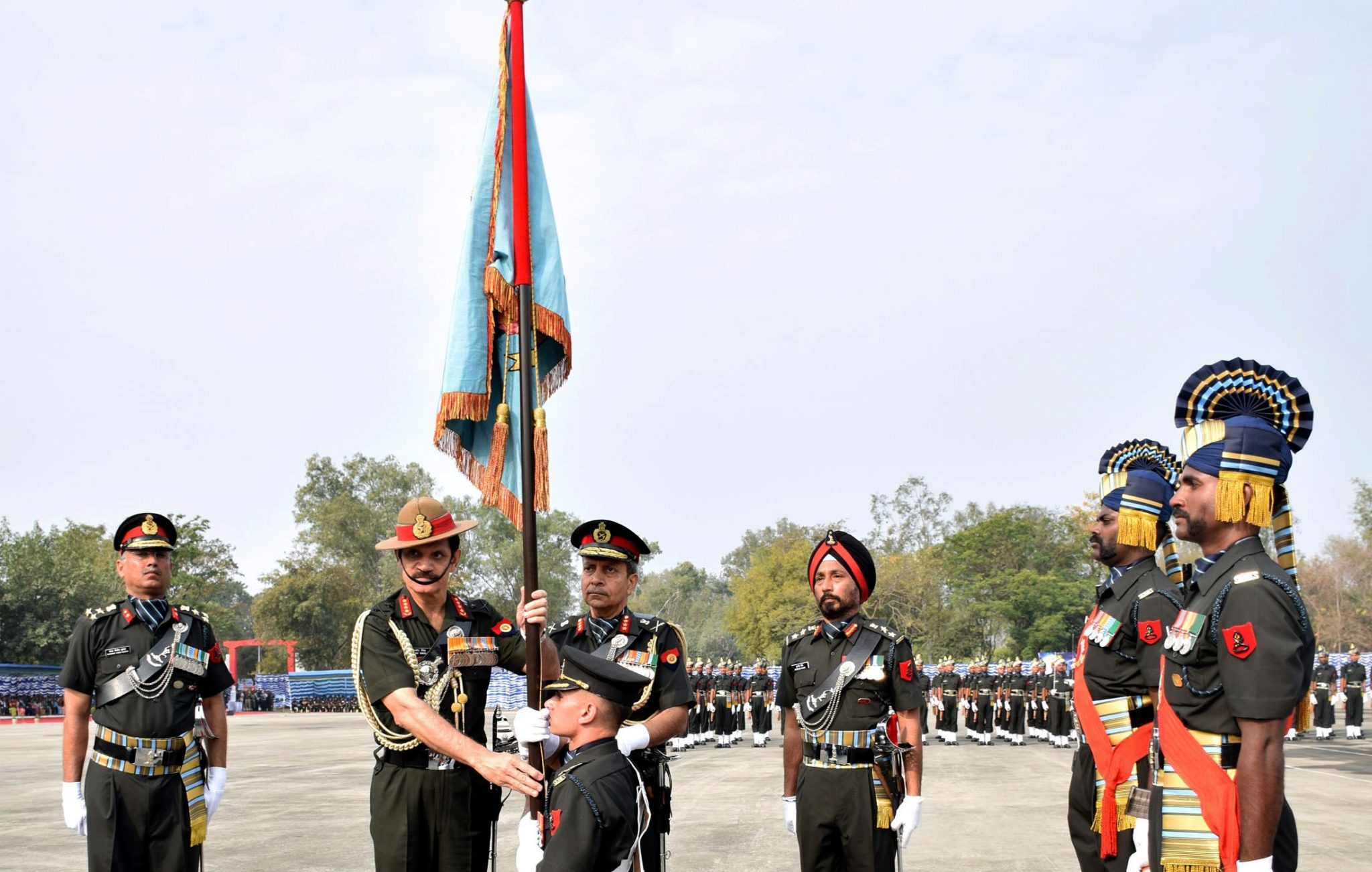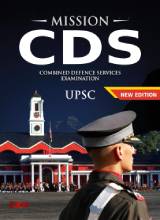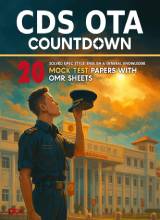Corps Of Signals (Indian Army) : All You Need To Know
As Corps Of Signals celebrates its raising day today, here is all you need to know about the Signals. On 21 October 1910 Lieutenant Colonel S.H Powell reported at Shimla to co-ordinate the raising and training of the new signal units. By November, serial numbers had been allotted to the companies and the commandants selected. Powell conferred with the commandants-designate at Shimla in January 1911 and it was agreed that the Northern Army companies, Nos. 31 and 32, would be raised at Fatehgarh on 15th February 1911
In keeping with the 21st century vision of the Corps of Signals ‘to achieve electronic and information superiority for effective functioning of the Indian Army’, the corps has embarked upon a multidimensional and challenging task of establishing a converged, robust, broad and secure Info, Communication, Tech, Electronics & Cyber (ICTEC).
The Corps has evolved drills and procedures that ensure the provision of reliable and responsive communications to the Army under harsh terrain and tough battle field conditions and is living up to the motto of the Corps – “TEEVRACHAUKAS” or “Swift and Secure”.
The vision of Signals Corps is to attain and maintain information ascendancy by developing info structure to cater for Network Centric Warfare in a digitized battlefield of tomorrow.
The Corps of Signals is presently organised into Officers and JCOs/ OR. Unlike Officers who can be universally employed viz Communication, Administration etc, the other ranks are organised into various trades like Foreman of Signals (FOS)& Yeoman of Signals (YOS) etc. The other ranks are employed only within their respective fields.
The Corps is organised structurally into various regiments and companies. Each brigade has a Signal Company commanded by a Major/ Lt Col associated with it, which are further under comd of divisions and Corps Signal Regiment, commanded by a Colonel.
After the War, there were only two Centres left in the country one in Jabalpur and the second in Bangalore . On partition, the assets of the Centre at Bangalore were transferred to Pakistan. Colonel R J Moberly OBE commanded the centre at the time of partition.
After the Sino-Indian conflict of 1962, there was sudden expansion and two additional Centres were raised, one in Goa and the second at Jabalpur. In 1967, Signal Training Centre, located at Jabalpur , was disbanded. Each of the Training Centres now consists of one Military Training Regiment and three Technical Training Regiments.
The Corps of Signals Motor Cycle Rider Display Team popularly known as “THE DARE DEVILS” consists of volunteer dispatch riders who are not only proficient in their trade but also possess self-determination, mental alertness, unmatched courage, physical stamina and precision in handling of motor cycles. The team comprises of 01 Officer and 36 Other Ranks.
Officers are enrolled into Corps of Signals through various entries like National Defence Academy, Technical Graduate Scheme, Technical Entry Scheme and Combined Defence Services.
Lieutenant General Rajeev Sabherwal, Ati Vishisht Seva Medal, Vishisht Seva Medal, Signal Officer-in-Chief and Colonel Commandant, Indian Corps of Signals was commissioned in Dec 1981. He is an alumni of National Defence Academy, Khadakwasla, Pune and Indian Military Academy, Dehradun.
He took over as Signal Officer-in-Chief of Indian Army in Aug 2018 and as the standard bearer of the Corps, is steering transformational changes inherent to the Digital Battlefield across entire spectrum of conflict.
BOOKS BY DDE FOR DEFENCE ASPIRANTS
HIGH SUCCESS RATE
Start your SSB preparations with these specially curated ebooks.
Stage 1 SSB – SSB Oir ebook
SSB Psychology Test – Click Here
SSB Group Tasks – Click Here
Thematic Apperception Test – Click Here
Situation Reaction Test – Click Here






 Order Now on Amazon
Order Now on Amazon
